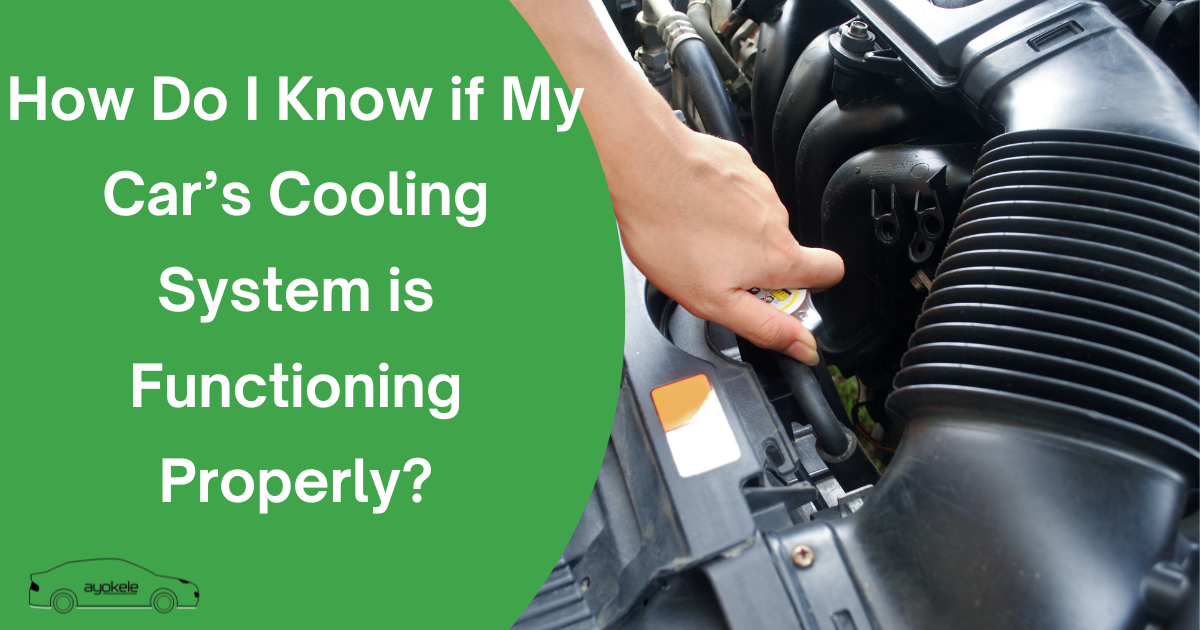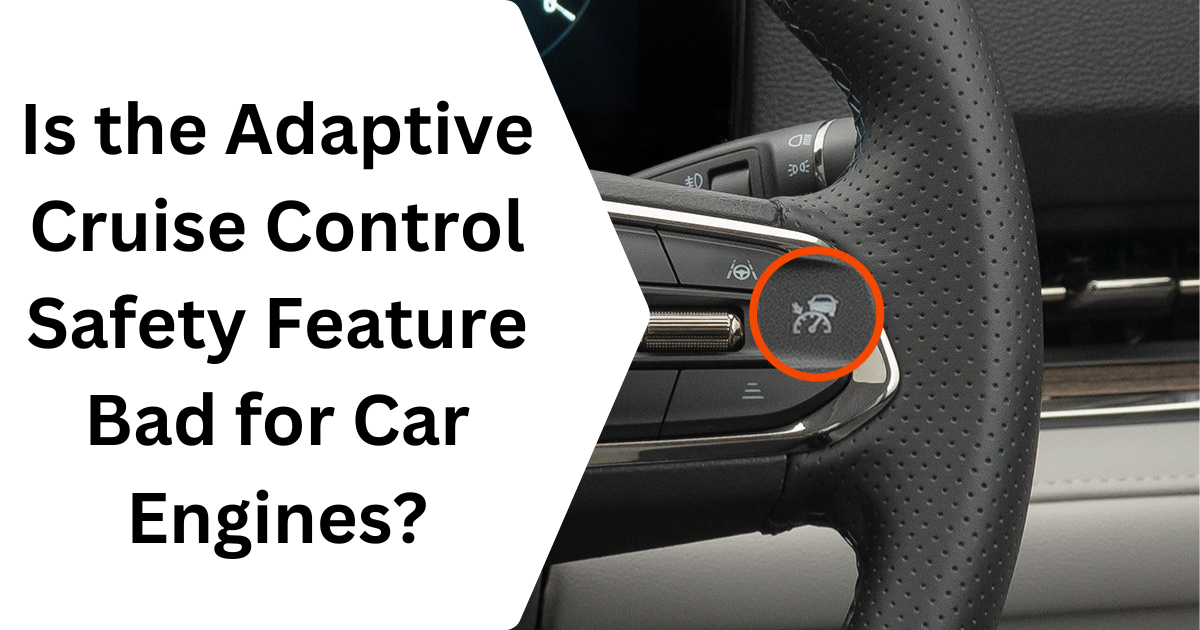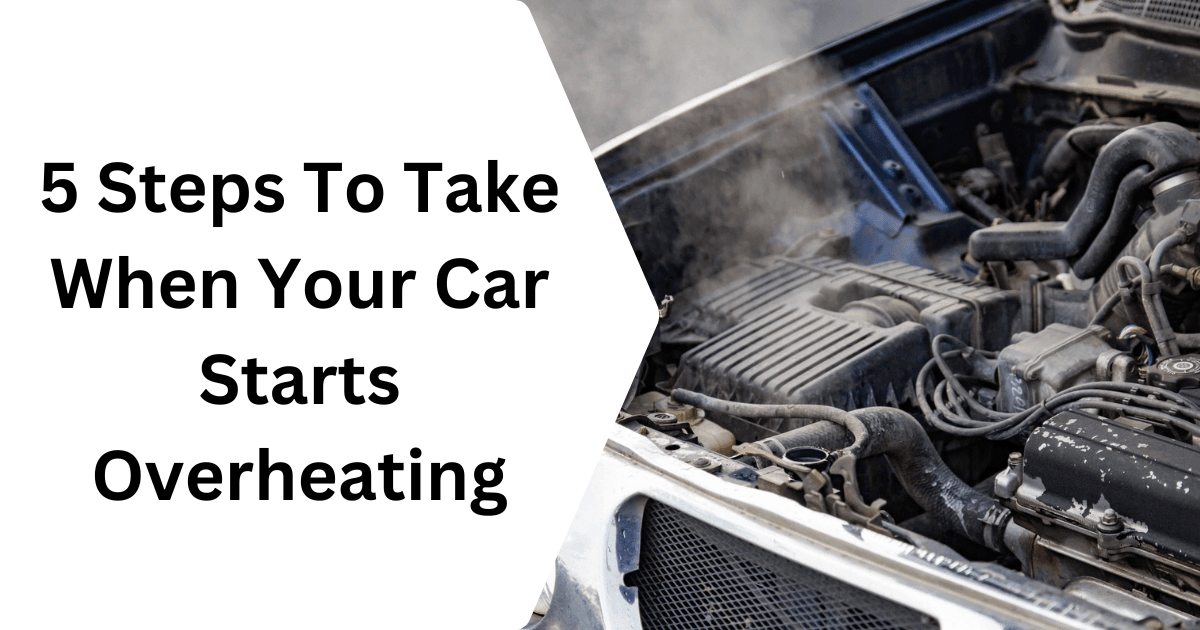Your car’s cooling system is one of the most important parts of your vehicle. It maintains your engine at the optimal temperature, prevents overheating, and ensures your car runs smoothly. If your cooling system isn’t working properly, your engine can overheat, which can lead to serious and expensive damage. In this article, you’ll learn how to tell if your car’s cooling system is working properly, what signs to look for, and what you can do to keep it in good shape.
What Does the Cooling System Do?
The cooling system’s primary function is to prevent your engine from overheating. When your engine is running, it generates a significant amount of heat. The cooling system uses a special liquid called coolant (or antifreeze) to absorb this heat and carry it away from the engine. The coolant then passes through the radiator, where it cools before returning to the engine to repeat the process. This cycle keeps your engine at a safe, steady temperature.
Key Parts of the Cooling System
To understand how the cooling system works, it helps to know its main parts:
- Radiator: This is where the hot coolant releases its heat to the air.
- Water Pump: This part moves the coolant through the engine and radiator.
- Thermostat: This acts like a gate, allowing coolant to flow when the engine reaches a certain temperature.
- Coolant/Antifreeze: This special liquid absorbs heat and prevents freezing or boiling.
- Hoses and Belts: These carry the coolant between the engine, radiator, and other parts.
- Cooling Fan: This fan helps blow air through the radiator, especially when the car is not travelling at high speeds.
Signs Your Cooling System is Working Well
There are a few simple signs that show your cooling system is doing its job:
- Stable Engine Temperature Gauge: When driving, the temperature gauge on your dashboard should remain in the middle or just below. It should not go into the red zone.
- No Warning Lights: If your dashboard doesn’t show any temperature or coolant warning lights, that’s a good sign.
- Smooth Engine Performance: If your engine runs smoothly and doesn’t produce unusual noises, your cooling system is likely functioning properly.
- No Leaks or Puddles: Check under your car after parking. If you don’t see any green, orange, or pink puddles (indicating coolant), your system is likely leak-free.
Simple Checks You Can Do
You don’t have to be a mechanic to check your cooling system. Here are some easy things you can do:
- Check Coolant Level and Color: Open your hood and look at the coolant reservoir. The level should be between the “MIN” and “MAX” marks. The coolant should appear clean and bright, typically with a colour range of green, orange, or pink. If it’s dirty or rusty, it may need to be changed.
- Inspect Hoses and Radiator: Look for cracks, bulges, or leaks in the hoses. The radiator should not have any wet spots or white crusty marks, which can mean a leak.
- Listen for Unusual Noises: If you hear a whining or grinding noise from the engine area, the water pump or fan might have a problem.
- Watch the Temperature Gauge: While driving, keep an eye on the temperature gauge. If it suddenly rises or goes into the red, pull over and let the engine cool down.
Warning Signs of Cooling System Problems
If your cooling system isn’t working right, you might notice these warning signs:
- Engine Overheating: If the temperature gauge reads in the red or you see steam emanating from under the hood, your engine is overheating. Stop driving immediately and let the engine cool.
- Coolant Leaks: If you notice a coloured liquid under your car or frequently need to add coolant, there may be a leak.
- Strange Smells: A sweet smell emanating from the engine area can indicate a coolant leak.
- Dashboard Warning Lights: If you see a temperature warning light or a “low coolant” message, check your system immediately.
When to See a Mechanic
Some cooling system problems need a professional’s help. Go to a mechanic if:
- Your engine continues to overheat, even after adding coolant.
- You have to refill the coolant often.
- You see visible damage to the radiator, hoses, or water pump.
- The coolant appears oily or contains particles (this could indicate a more significant engine problem).
Keeping Your Cooling System Healthy
To keep your cooling system working well:
- Check the coolant level regularly (at least once a month).
- Change the coolant as recommended in your car’s manual, typically every 2-5 years.
- Inspect hoses and belts for wear and replace them if needed.
- Don’t ignore warning lights or overheating—fix problems early to avoid bigger repairs.
Conclusion
Your car’s cooling system is vital for keeping your engine safe and running smoothly. By watching for the signs above and performing simple checks, you can identify problems early and prevent costly breakdowns. Regular maintenance and quick action when you spot trouble will help your car last longer and keep you safe on the road.




